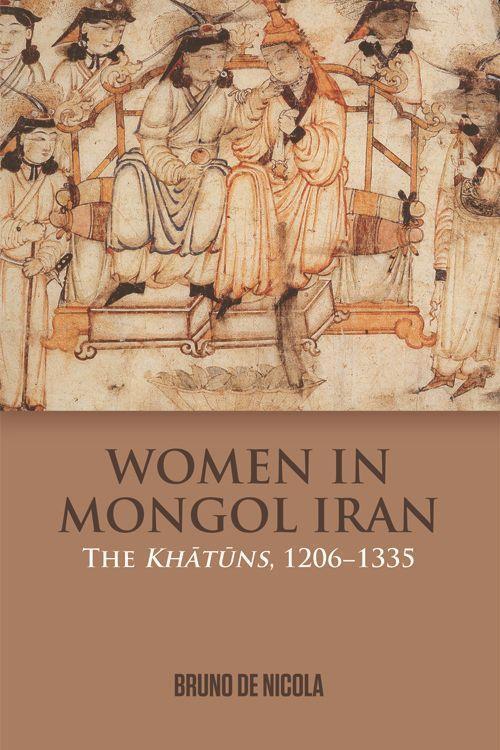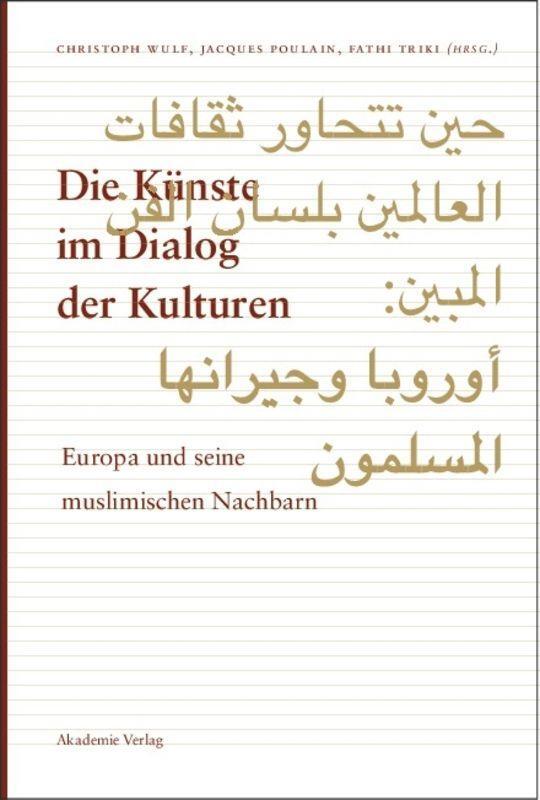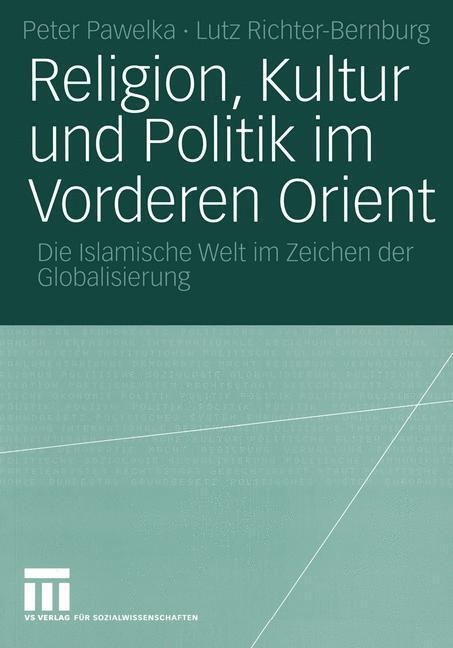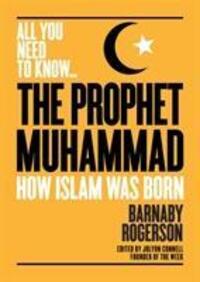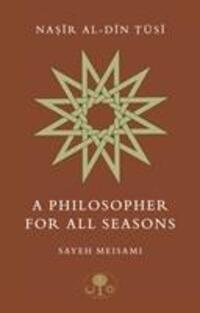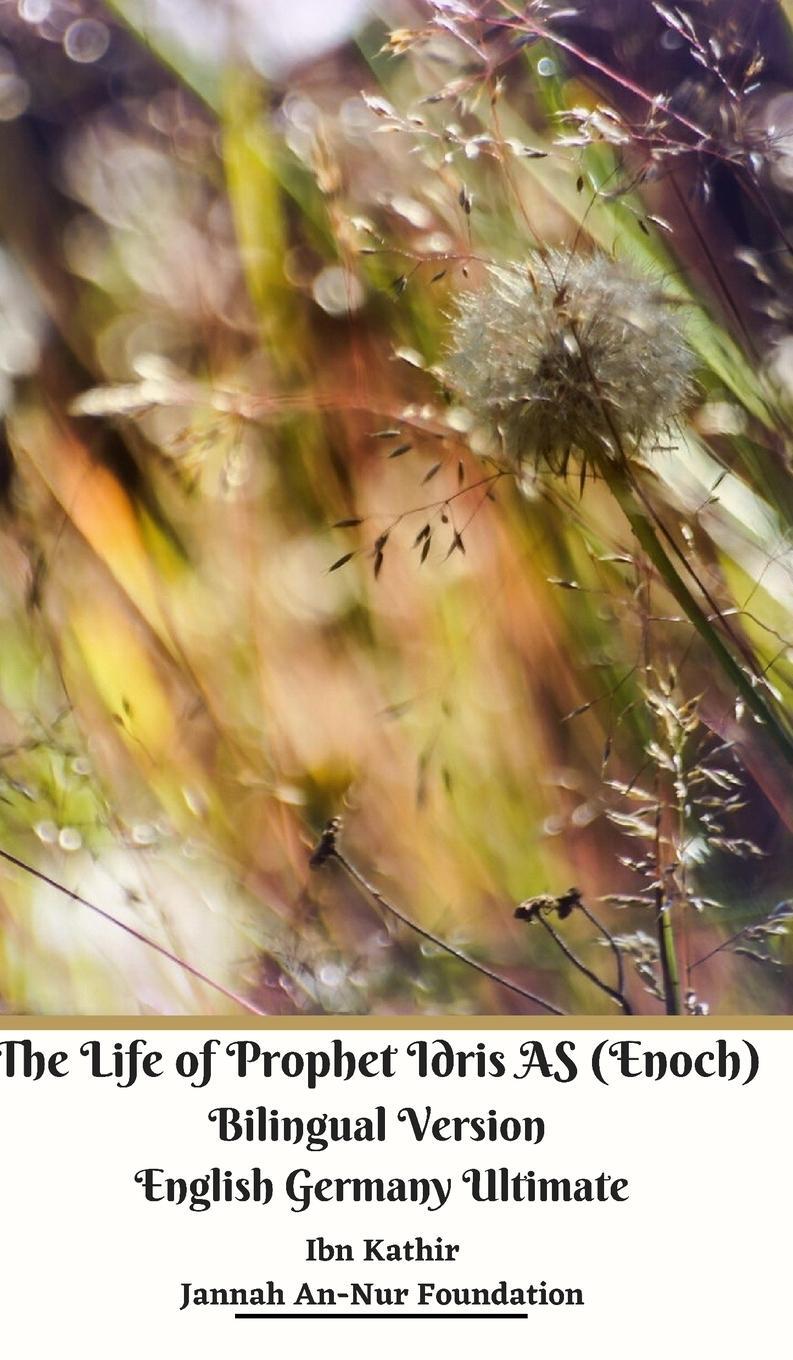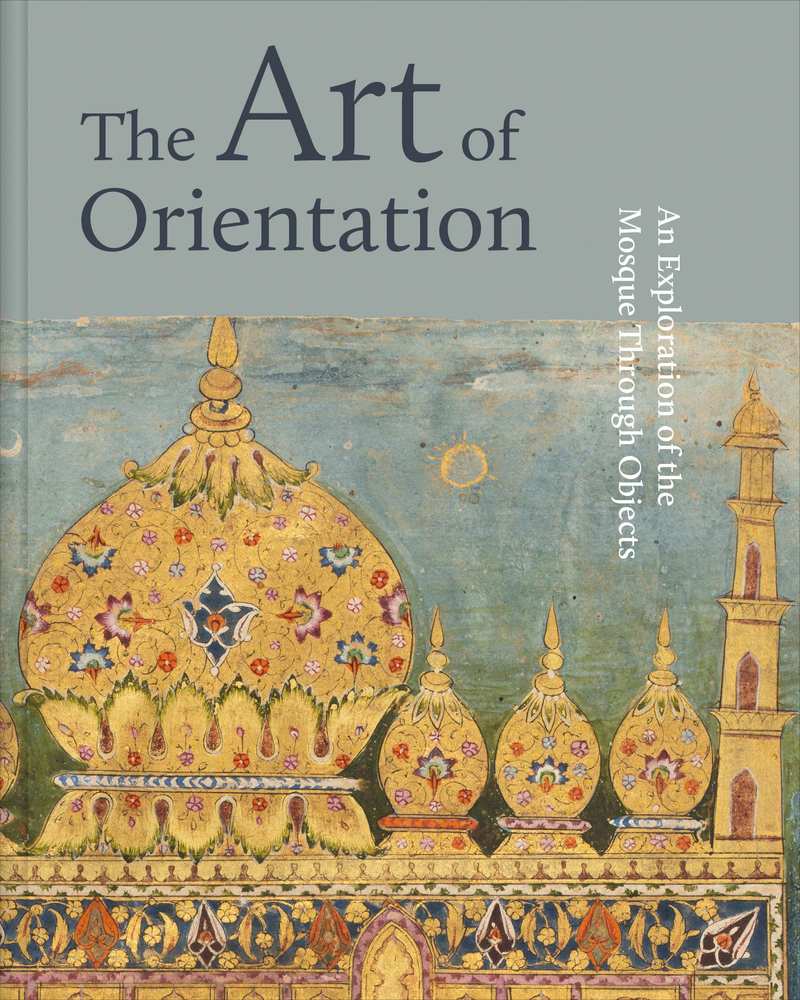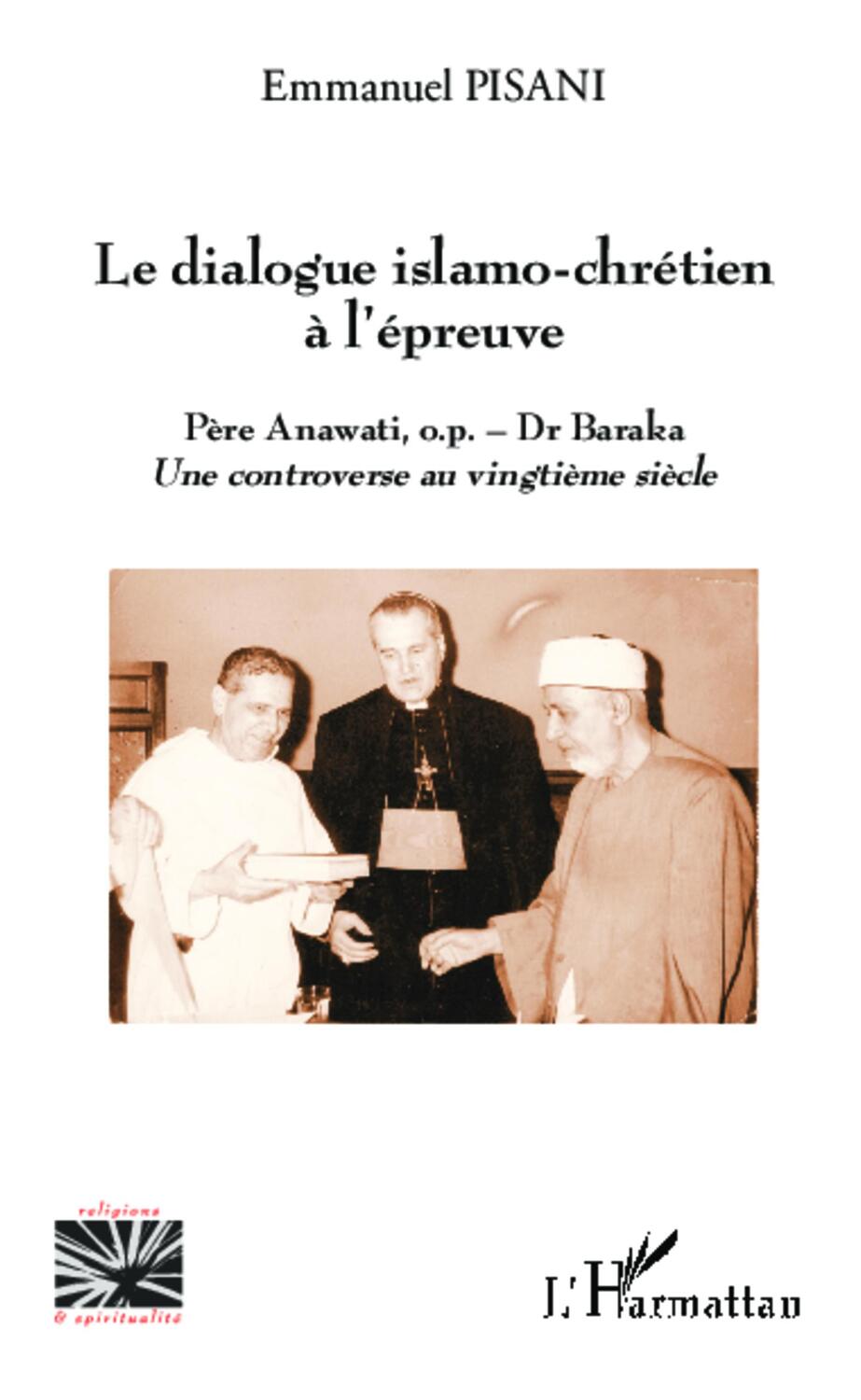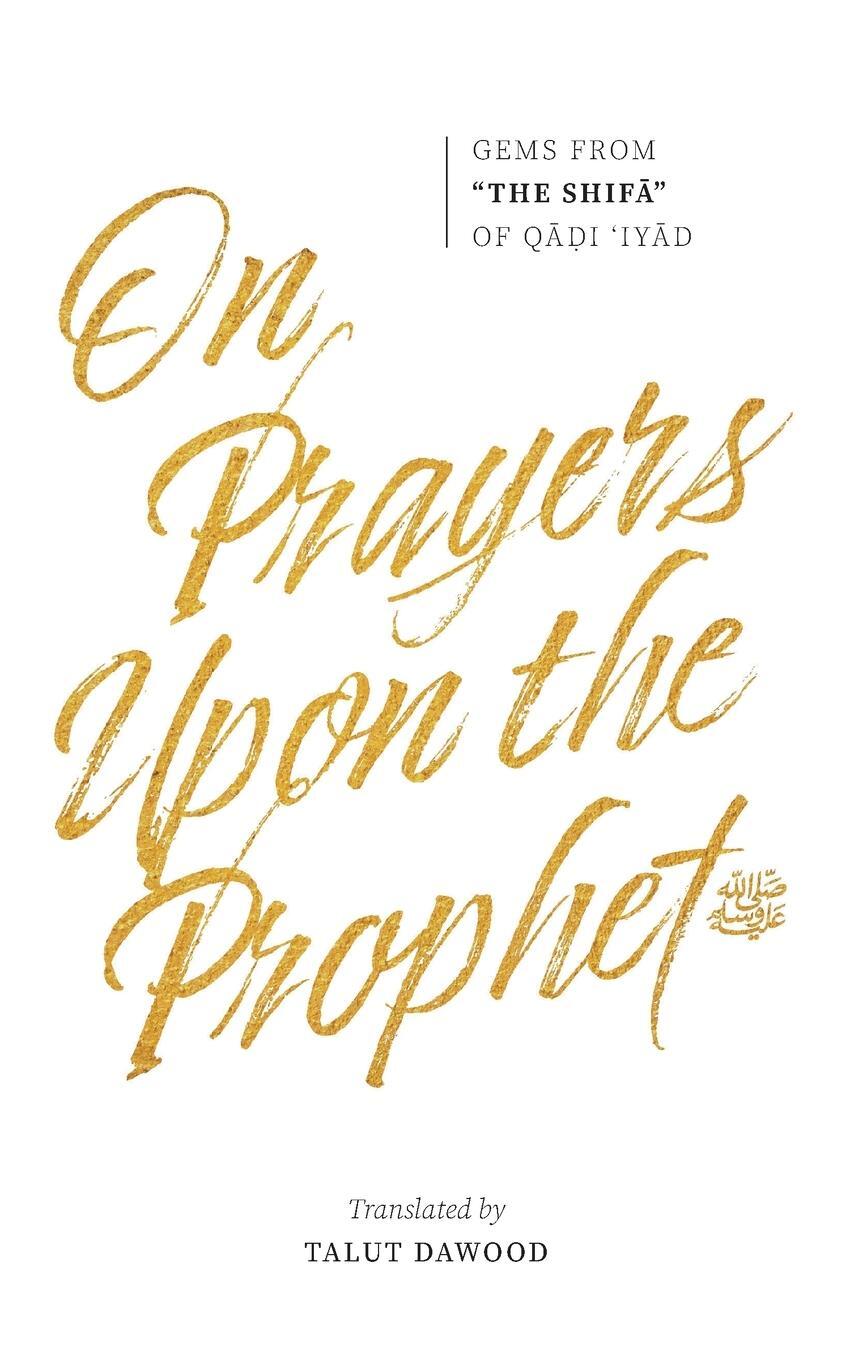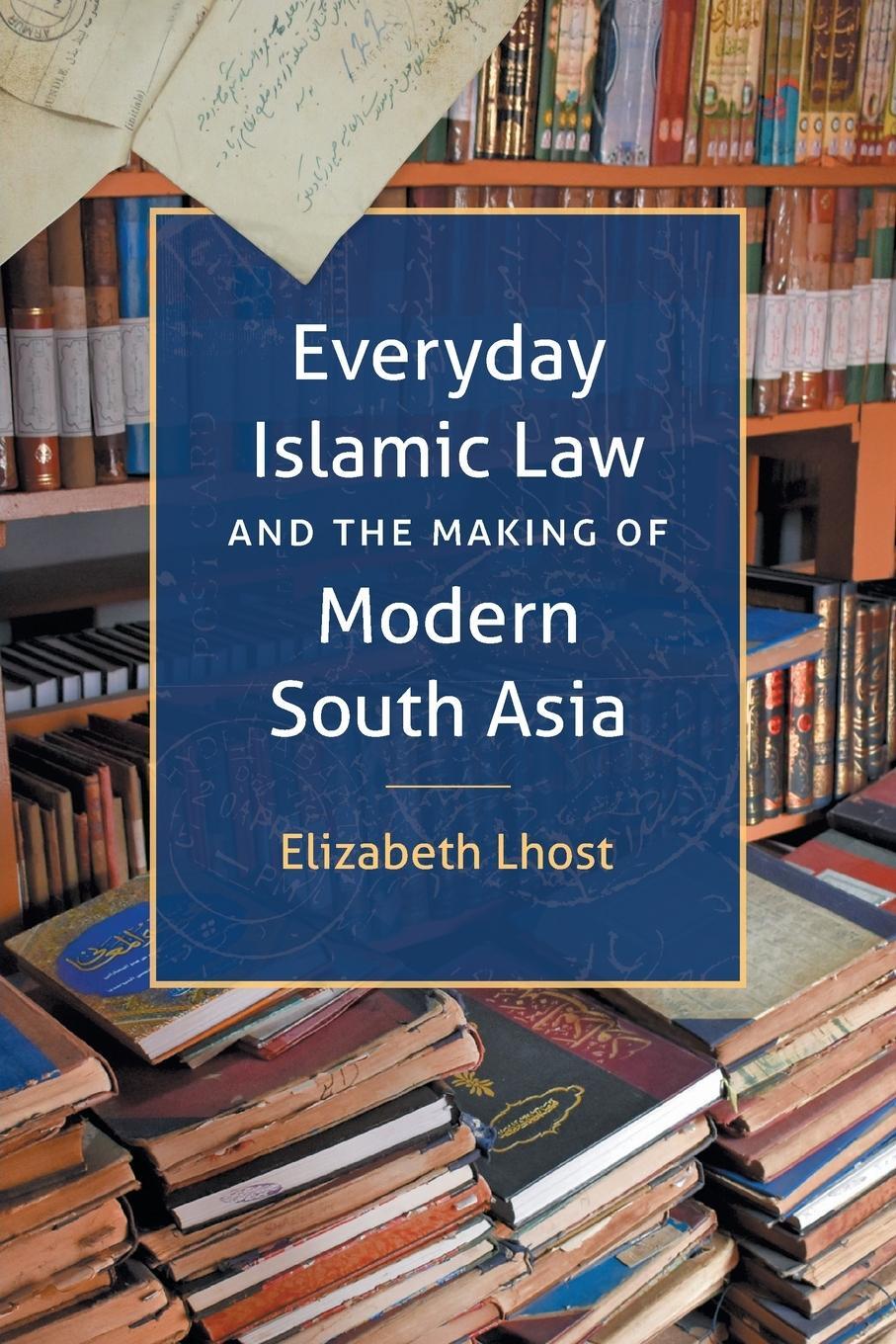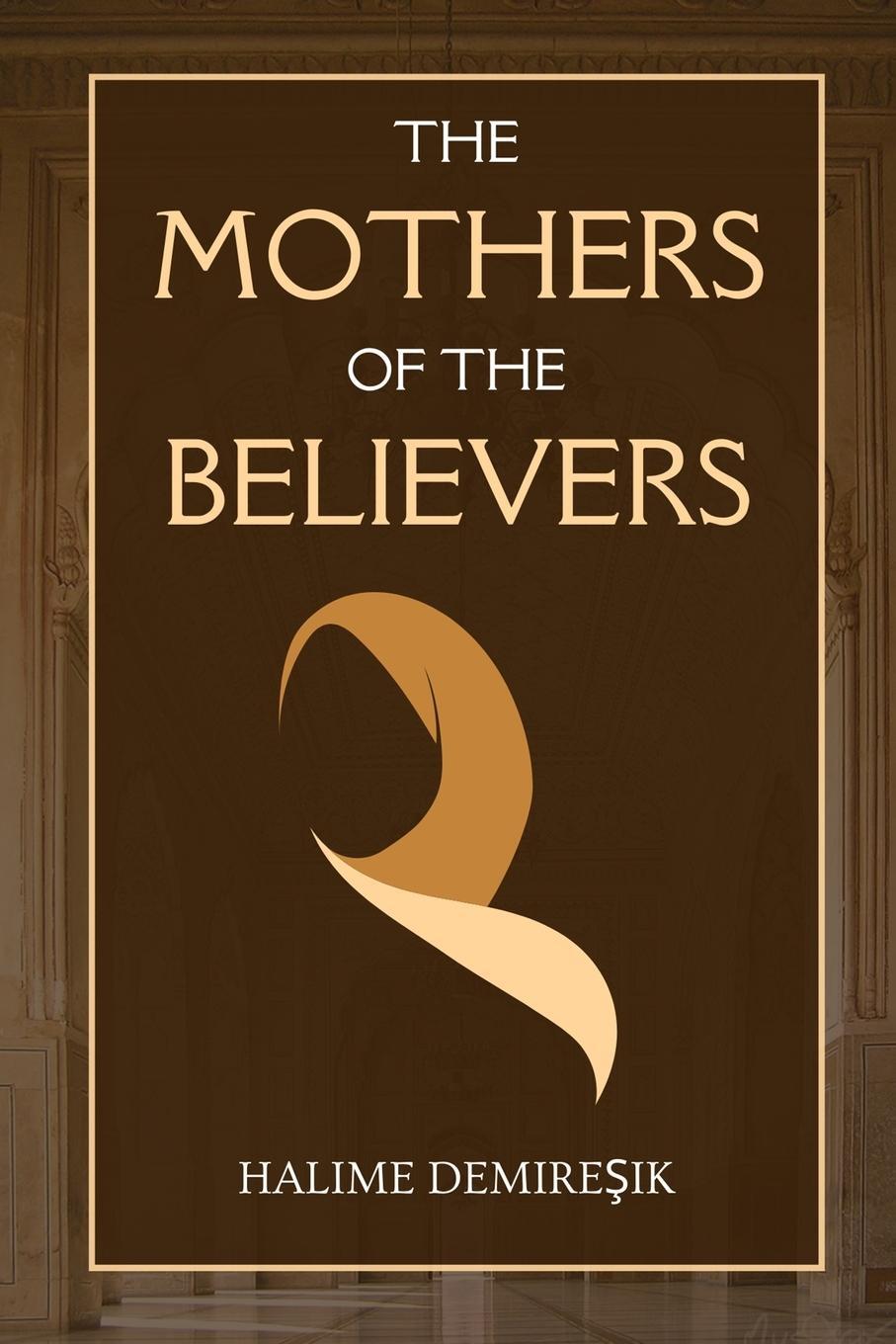103,95 €*
Versandkostenfrei per Post / DHL
Lieferzeit 1-2 Wochen
Bruno De Nicola (BA Barcelona, MA London, PhD. Cantab.) is Lecturer in the History of the Middle East at Goldsmiths College (University of London). He combines this position with an affiliation to the Institut für Iranistik (Österreichische Akademie der Wissenschaften) in Vienna (Austria). Previously he has been part of the ERC funded project "The Islamisation of Anatolia, c. 1100-1500" (grant number 284076) based at the University of St. Andrews and Project Curator of Persian Manuscripts at the British Library (London). His main area of research is the history of the Mongol Empire, medieval Middle Eastern history and Islamic manuscripts.
List of Illustrations
Acknowledgements
A Note on Transliteration
Maps
Introduction: The study of women in the Mongol Empire
1. Women and Politics from the Steppes to World Empire
2. Regents and Empresses: Women's Rule in the Mongols' World Empire
3. Political Involvement and Women's Rule in the Ilkhanate
4. Women and the Economy of the Mongol Empire
5. Mongol Women's Encounters with Eurasian Religions
6. Concluding Remarks
Glossary
List of Abbreviations
Bibliography
Index
| Erscheinungsjahr: | 2017 |
|---|---|
| Genre: | Religion & Theologie |
| Religion: | Nichtchristliche Religionen |
| Rubrik: | Geisteswissenschaften |
| Medium: | Buch |
| Seiten: | 304 |
| Inhalt: | Gebunden |
| ISBN-13: | 9781474415477 |
| ISBN-10: | 1474415474 |
| Sprache: | Englisch |
| Einband: | Gebunden |
| Autor: | De Nicola, Bruno |
| Hersteller: | Edinburgh University Press |
| Maße: | 241 x 161 x 23 mm |
| Von/Mit: | Bruno De Nicola |
| Erscheinungsdatum: | 24.02.2017 |
| Gewicht: | 0,61 kg |
Bruno De Nicola (BA Barcelona, MA London, PhD. Cantab.) is Lecturer in the History of the Middle East at Goldsmiths College (University of London). He combines this position with an affiliation to the Institut für Iranistik (Österreichische Akademie der Wissenschaften) in Vienna (Austria). Previously he has been part of the ERC funded project "The Islamisation of Anatolia, c. 1100-1500" (grant number 284076) based at the University of St. Andrews and Project Curator of Persian Manuscripts at the British Library (London). His main area of research is the history of the Mongol Empire, medieval Middle Eastern history and Islamic manuscripts.
List of Illustrations
Acknowledgements
A Note on Transliteration
Maps
Introduction: The study of women in the Mongol Empire
1. Women and Politics from the Steppes to World Empire
2. Regents and Empresses: Women's Rule in the Mongols' World Empire
3. Political Involvement and Women's Rule in the Ilkhanate
4. Women and the Economy of the Mongol Empire
5. Mongol Women's Encounters with Eurasian Religions
6. Concluding Remarks
Glossary
List of Abbreviations
Bibliography
Index
| Erscheinungsjahr: | 2017 |
|---|---|
| Genre: | Religion & Theologie |
| Religion: | Nichtchristliche Religionen |
| Rubrik: | Geisteswissenschaften |
| Medium: | Buch |
| Seiten: | 304 |
| Inhalt: | Gebunden |
| ISBN-13: | 9781474415477 |
| ISBN-10: | 1474415474 |
| Sprache: | Englisch |
| Einband: | Gebunden |
| Autor: | De Nicola, Bruno |
| Hersteller: | Edinburgh University Press |
| Maße: | 241 x 161 x 23 mm |
| Von/Mit: | Bruno De Nicola |
| Erscheinungsdatum: | 24.02.2017 |
| Gewicht: | 0,61 kg |

